Industry Report: Bulk Procurement of Nicotine for Chewing Tobacco Production
Chewing tobacco remains a prominent form of smokeless tobacco across global markets, particularly in North America, South Asia, and parts of Europe. For businesses operating in this niche—whether manufacturers, wholesalers, or brand developers—understanding which chewing tobacco brands lead the market and how to efficiently source bulk nicotine is critical for competitiveness and product development.
This report offers an in-depth look at major chewing tobacco brands, the sourcing landscape for bulk nicotine, regional procurement differences, and key cost structures. It also outlines the strategic decision between white label and OEM production models and provides a roadmap for initiating successful supplier partnerships.
Profile of Most Popular Chewing Tobacco Brands
A. Brand XXX
Brand XXX is known for its traditional recipe using flue-cured tobacco and natural molasses. Its manufacturing process involves a slow curing and fermentation stage, giving the product a robust flavor profile. The brand has maintained its popularity by adhering to heritage-style production, appealing to consumers seeking authenticity and strength.
B. Brand YYY
Brand YYY differentiates itself with flavored chewing tobacco blends, including mint, cherry, and whiskey-infused options. It uses fine-cut tobacco, producing a smoother user experience. Manufactured using modern automated systems, the brand is known for quality consistency and wide availability, making it a market leader in flavored chew segments.
C. Brand ZZZ
Brand ZZZ caters to value-conscious consumers, offering bulk packaging and economical price points. Its streamlined manufacturing process focuses on volume production using mechanically dried tobacco. ZZZ has a strong presence in convenience retail and rural markets, contributing to its high sales volume and brand recognition.
Sourcing Bulk Nicotine for Tobacco Production
Bulk nicotine procurement is a pivotal operation for any company manufacturing or formulating tobacco products. The three most common nicotine formats are:
-
Freebase Nicotine: Traditional form, suitable for smokeless products and known for high bioavailability.
-
Nicotine Salts: More stable and smoother, ideal for modern oral and vaping applications.
-
Whole Tobacco Alkaloids (WTA): Contains additional minor alkaloids, offering a richer experience.
Choosing the right nicotine type and supplier involves evaluating the nicotine preparation method, purity levels, regulatory compliance, and delivery format. For long-term success, working with a reliable nicotine manufacturer or liquid nicotine wholesaler is essential.
Explore bulk nicotine options at trusted platforms like Snuff Factory.
Regional Differences in Procurement Channels
While global trade has facilitated access to nicotine products, procurement strategies still vary by region:
-
China: Home to a dense concentration of nicotine factories, offering competitive pricing and high-volume capacity. Direct factory communication is often preferred for efficiency and customization.
-
United States: A mature regulatory landscape governs nicotine sales. Businesses often rely on well-established nicotine manufacturers or third-party distributors for compliance and logistics support. Online portals and regional wholesalers streamline bulk ordering.
Understanding local regulations, import duties, and logistics infrastructure is essential for selecting the most cost-effective procurement channel in your region.
Cost Composition of Nicotine Products
The cost of nicotine-containing products is influenced by multiple variables:
-
Raw Materials: Quality and grade of tobacco or base chemicals for synthetic nicotine.
-
Extraction & Preparation: The nicotine preparation method—including purification and formulation—directly affects both efficacy and price.
-
Labor & Equipment: Manual vs. automated production significantly changes manufacturing costs.
-
Regulatory Compliance: Testing, documentation, and certifications add to operational costs, especially for export-oriented suppliers.
-
Packaging & Branding: For OEM and white label products, the cost of labeling, tinning, and compliance inserts should be factored in.
Strategic cost management starts with transparency from the manufacturer or factory regarding how pricing is structured.
White Label vs. OEM: Choosing the Right Option
When launching or expanding a chewing tobacco line, businesses typically choose between:
-
White Label: Products manufactured by a third party and rebranded by the purchasing company. Offers quick market entry, lower upfront costs, and pre-formulated blends.
-
OEM (Original Equipment Manufacturer): Products developed from scratch or tailored to unique brand specifications. Ideal for differentiated offerings and long-term brand equity but involves higher customization costs and lead times.
The choice depends on your business strategy, regulatory bandwidth, and product differentiation goals. OEM is best for companies seeking full control over ingredients and branding, while white label is ideal for testing market potential or entering new regions quickly.
Order, Sample, and Cooperation Process
Once a supplier is identified, the procurement process typically follows these steps:
-
Sample Request: Evaluate product quality, flavor, texture, and nicotine consistency.
-
Specification Alignment: Confirm nicotine strength, format (loose leaf, plug, twist), packaging, and labeling requirements.
-
Quotation & MOQ Negotiation: Discuss pricing based on order volume and shipping terms.
-
Compliance Check: Ensure supplier can meet local legal and quality requirements.
-
Trial Order: Place a small batch to test logistics and market response.
-
Partnership Agreement: Formalize long-term cooperation terms including exclusivity, volume pricing, and logistics scheduling.
To initiate your sourcing process, visit Get in Touch and engage directly with nicotine manufacturers.
Conclusion
The chewing tobacco segment remains a resilient and profitable vertical within the smokeless tobacco industry. Success in this market requires not only awareness of top-performing brands but also mastery over sourcing logistics, cost management, and manufacturing partnerships.
Choosing between white label and OEM routes should be guided by long-term brand strategy and operational capacity. Regardless of the model, building a transparent, flexible, and scalable relationship with a certified nicotine manufacturer or factory ensures supply chain consistency and product quality.
For detailed sourcing guidance and access to premium nicotine products, explore options via Snuff Factory.

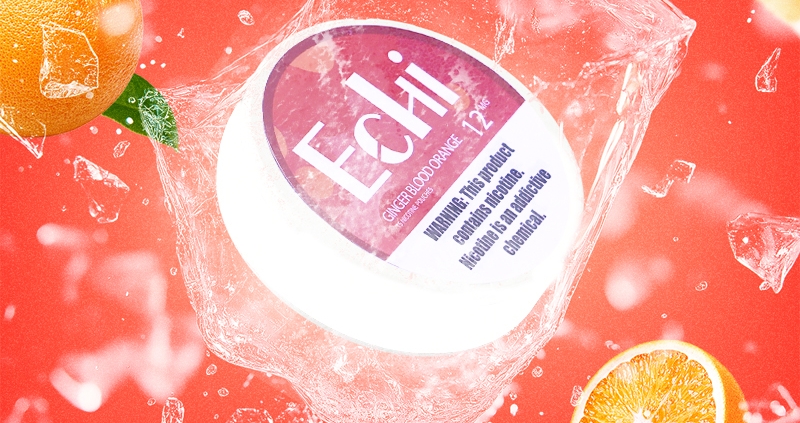
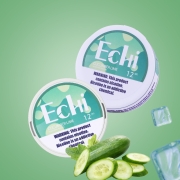
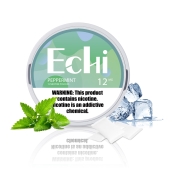
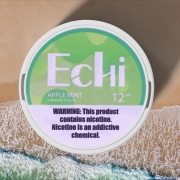
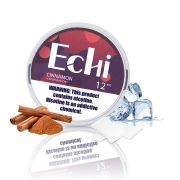
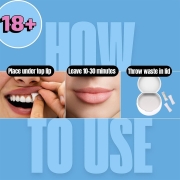

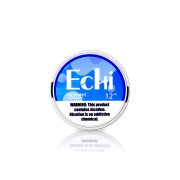
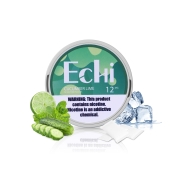


Leave a Reply
Want to join the discussion?Feel free to contribute!